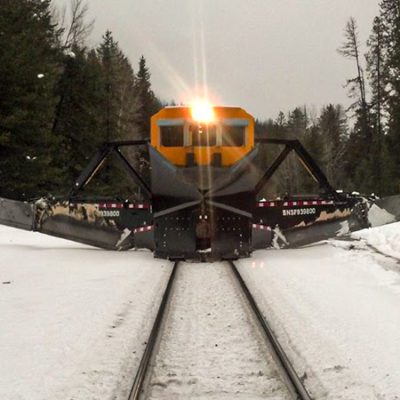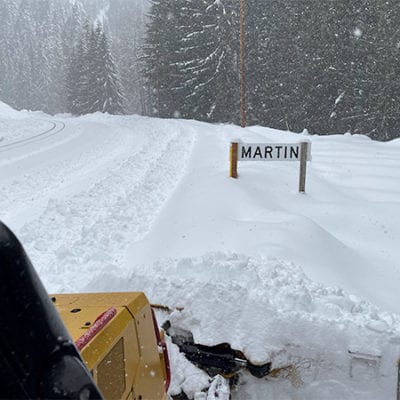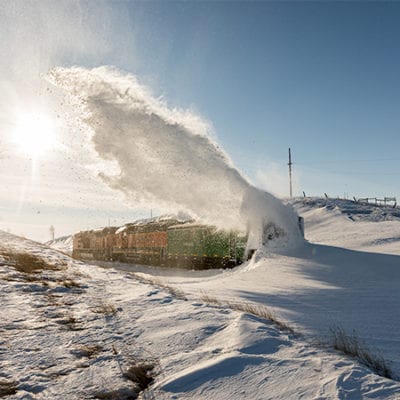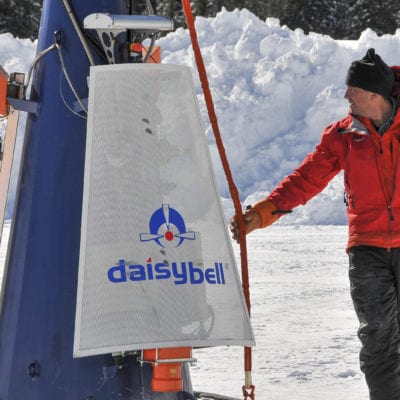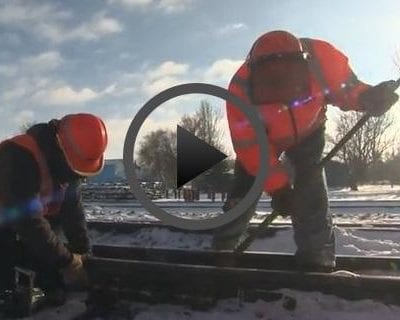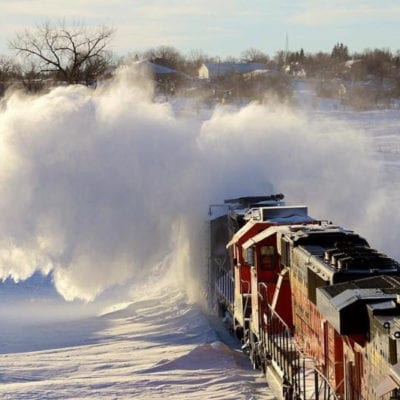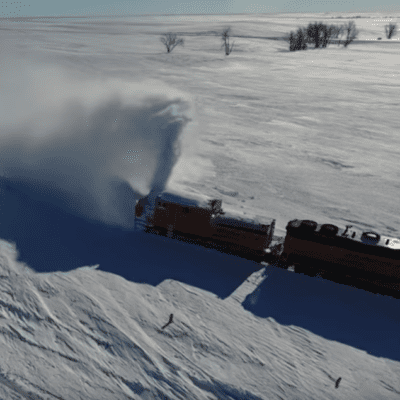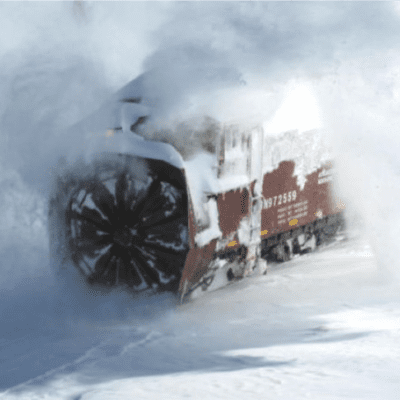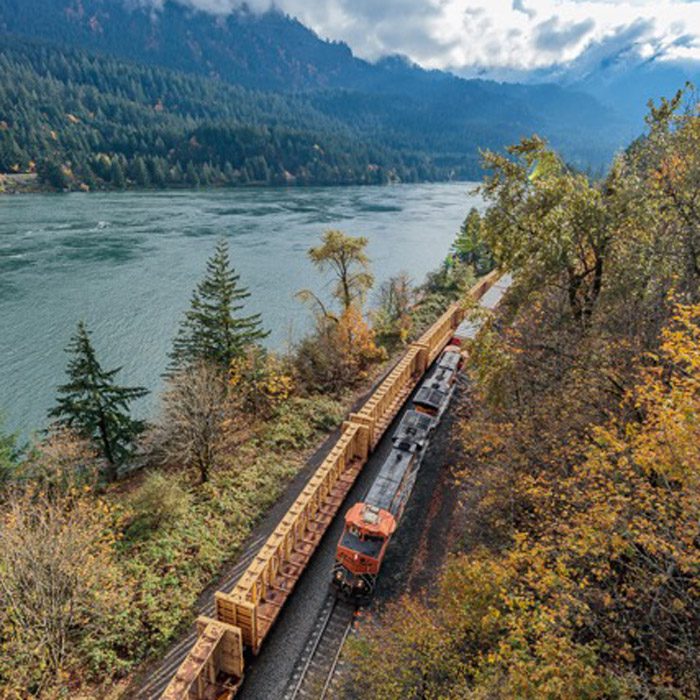Snowplow Operators: BNSF’s Winter Warriors
Snowplows are a crucial piece of BNSF’s Winter Action Plans to keep trains moving and protect employee safety. Snowplow season generally starts during November, and in some higher-altitude or more northern sections of our network, can last into April. BNSF’s Jordan Spreaders, Russell snowplows or “Fliers,” and rotary snowplows have been hard at work all winter to…
Read More
